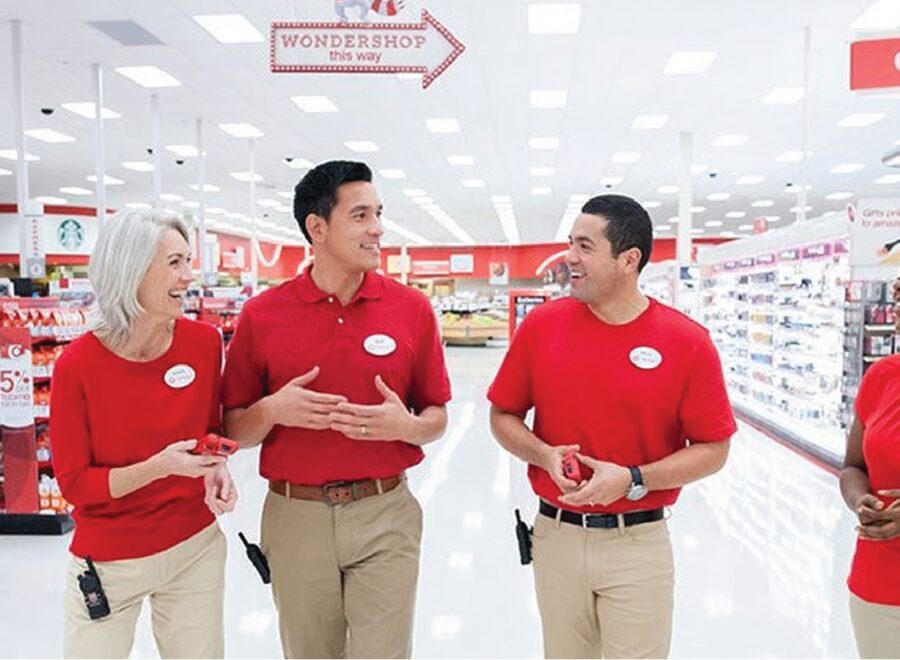Across industries, leaders are recognizing that they can’t achieve outsize growth simply by drumming up mass demand through product innovation and new loyalty programs. In this article, Dev Patnaik explains how the rise of microtribes and niche preferences necessitates a fundamentally new approach to innovation.
It seems like every other day, a different Fortune 500 company announces a major round of layoffs, from Levi’s to Google to Citi. Normally, relentless cost-cutting would herald an oncoming economic downturn.
In this case, amid cooling inflation and blowout job growth, the outlook is quite the opposite. Leaders are taking the prevailing economic optimism as motivation to optimize their budgets, scrutinize past growth strategies and completely reset their companies for a new stage of aggressive growth. In other words, they’re clearing out the old to make room for the new.
Across industries, execs are racing to find a way to drive consumer demand. Some are looking to spur enough product innovation to meet their ambitious growth goals. Others are building out new loyalty programs that will keep consumers coming back for more. For their part, B2B companies are focusing on new sales incentive programs to drive the numbers.
But igniting outsize growth isn’t simply about drumming up mass demand. And as the first wave of results come in from these growth initiatives, some leaders are beginning to notice an underlying flaw in their assumptions. And that flaw has massive implications for how large companies think about growth.
For decades, innovation depended on designing an offering that worked for one group of customers, and then taking that offering to the “mainstream.” Clothing companies would start (or even just notice) a cool new trend that young urbanites were wearing, and they’d mass-produce that look for everyone in suburbia. In music, a record label would discover an artist who was loved by a niche group and then take them to the masses. Amy Winehouse started out appealing to disaffected goth girls with piercings. Two years later, you could hear her songs played by soccer moms in minivans. That’s how innovation is supposed to work.
But it doesn’t seem to be working that way anymore. At least not as often. Whether in music, food, clothing or travel, consumers are spinning off into ever-smaller microtribes defined by niche preferences. And it’s making life a lot harder for the likes of Disney, Diageo, Nestle and Nike. Some music industry experts quietly wonder if Taylor Swift is actually the last great example of a phenomenon that started way back with the Beatles and the Rolling Stones. Taylor Swift started out appealing to country music fans but then quickly connected to a broader audience to become a megastar. The next Taylor Swift might not be able to expand her popularity beyond a single genre or community.
The problem is even showing up in B2B markets. Companies like SAP and Salesforce rose to prominence by establishing themselves as defacto standards in their respective verticals. Salesforce’s core Customer Relations Management product is used by everyone from oil companies to advertising agencies. Today, however, there are a host of new competitors who have been stealing market share by using a strategy of extreme focus. There’s a CRM that focuses solely on landscapers. If you’re a landscaper, you’re looking for a software platform that’s been optimized just for people like you.
There are, of course, multiple factors for the rise of microtribes. Increased social fragmentation and the demise of public commons have people hanging out with their own tribes. Social media platforms are designed to drive engagement by filtering people into like-minded communities. Platforms like TikTok employ algorithms to give you information tuned just for you. And technology improvements like no-code software development have dramatically reduced the cost of making a platform just for landscapers.
So what should a company do when there isn’t a definable mainstream? How do you create a music business that just caters to goth girls?
Oops! We could not locate your form.
An age of microtribes may require companies to fundamentally rethink their approach to innovation. Rather than looking for a billion-dollar idea, it may be important to find ten or twenty $100 million ideas. And we might need a very different organizational structure to manage those $100 million ideas. Take the music business. Historically, music companies were organized around different genres, like pop, jazz or country. Tomorrow’s music company may need to organize around audiences, with each business unit having its own culture and delivering its own products and messaging attuned to that audience. Admittedly, that can be a lot harder for companies to manage. But there could be a huge payoff.
Martin Sorrell realized this back in the 1980s. Sorrel was the CFO of advertising powerhouse Saatchi & Saatchi. He noticed that, as agencies acquired their competitors and got bigger, they tended to lose their creative edge. So he created a different model. Sorrell used a shell company called WPP to acquire agencies, but he didn’t integrate them together. Each agency stayed under separate management, in their own buildings, with their own account management and creative teams. Only non-strategic functions like HR and Legal were centralized. That way, agencies could hold onto what made them great in the first place. Today, most large advertising agency networks like Omnicom and Publicis leverage this model. And maybe the rest of us could learn from that, too.
In apparel, that model might look more like VF Corporation, which manages Vans, Timberland and North Face separately. In media, it might look more like Match Group, which separately oversees dating apps like Tinder and Hinge and a host of smaller properties. Each of them is attuned to a different audience. Mind you, these aren’t just different brand management structures like the old P&G model. Both VF and Match maintain different organizations in different locations with very different cultures.
A conventional thinker might suggest that companies like VF and Match should bring their assets together to achieve economies of scale. But these may be unconventional times. And while Match could probably benefit from a centralized approach to data security, it might want to keep real value creation apart. It’s not about being a passive holding company—it’s about providing a platform that allows ideas and creativity to flourish on a smaller scale.
Of course, that requires leaders to know what truly differentiates their company. Or in Sorrell’s case, knowing what part is Ad Creative and what part is HR or Legal. A surprising number of companies don’t know what truly sets them apart—the unique reasons why their people show up for work every day and why customers keep buying from them. By identifying your strategic differentiators, you can bring to life the innovative ideas that are most aligned with your organization, brand and future. Invest time in talking to both staff and customers to really understand your competitive and cultural differentiators. Approaching this task with fresh ears and eyes is important, which is why recruiting an outside party to guide the process can be a smart move. Don’t try to be your own dentist.
The fragmentation we see rippling across the economy isn’t going away. In fact, it’s only going to expand to more markets and products. What’s happening in music, food and fashion today may well hit cars next. Instead of chasing that billion-dollar revenue jump based on yesterday’s strategy, leaders should start taking steps to ensure they are continuously ready to identify and execute on tomorrow’s winning ideas.
This article appeared in Forbes on February 11, 2024.

 Dev Patnaik
Dev Patnaik


